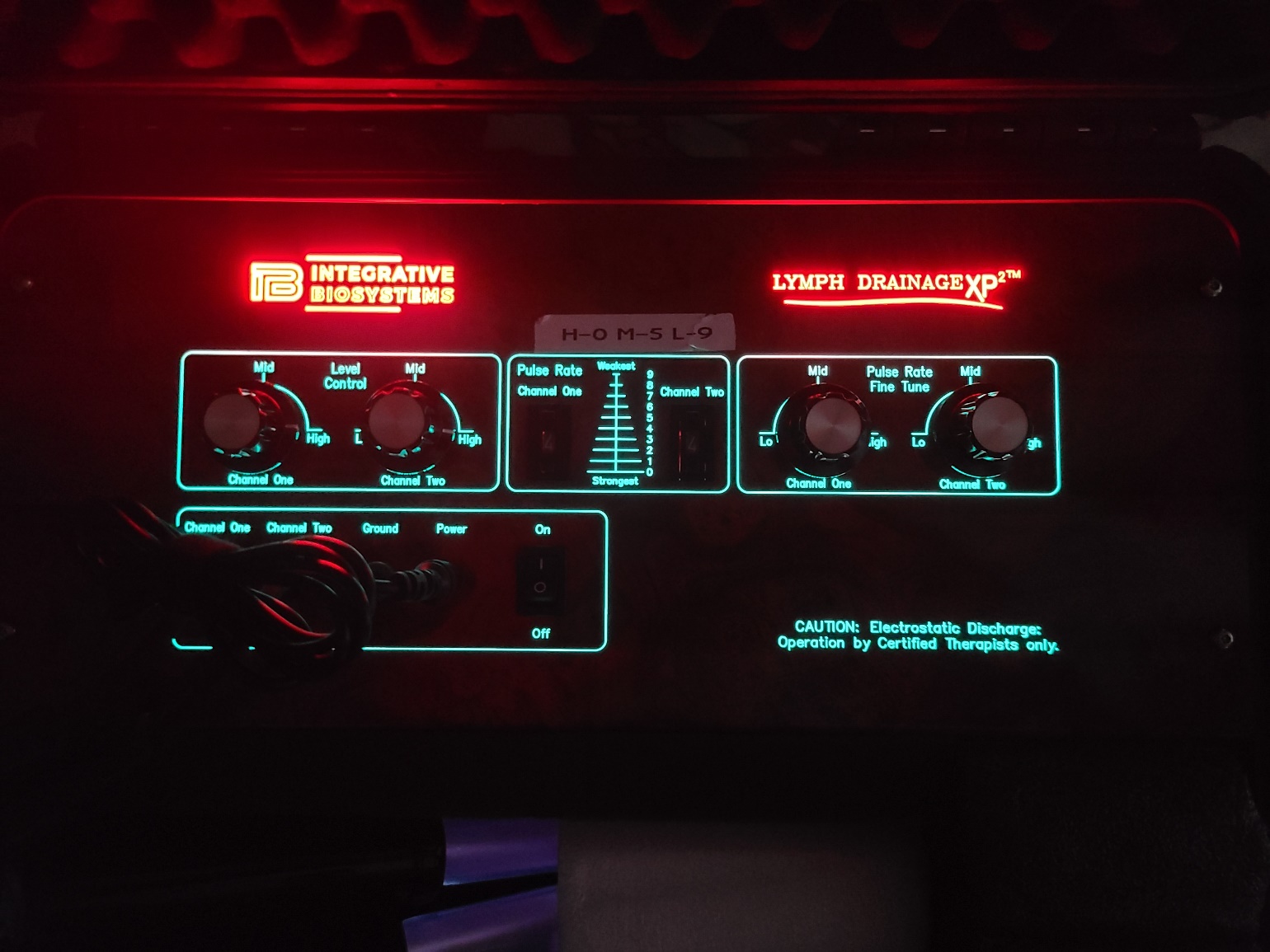The future of post-surgical recovery holds exciting potential with innovations in lymphatic drainage technology. Here’s a glimpse into what we might expect:
- Miniaturization and Portability: Future lymphatic drainage devices may become more compact and portable, allowing patients to continue their recovery process outside of clinical settings. This advancement would enable greater flexibility and convenience for patients, empowering them to manage their recovery more independently.
- Smart Technology Integration: Integration of smart technology, such as sensors and connectivity features, could revolutionize lymphatic drainage devices. These innovations could provide real-time feedback to patients and healthcare providers, allowing for personalized treatment adjustments and remote monitoring of recovery progress.
- Targeted Treatment Modalities: Advancements in technology may lead to the development of lymphatic drainage devices with targeted treatment modalities. These devices could deliver precise therapy to specific areas of the body, optimizing the effectiveness of post-surgical recovery for patients undergoing procedures that impact the lymphatic system.
- Customization and Personalization: Future lymphatic drainage devices may offer greater customization and personalization options to cater to the unique needs of each patient. This could include adjustable intensity levels, customizable treatment programs, and adaptive algorithms that respond to individual recovery trajectories.
- Enhanced Efficacy and Efficiency: Continued research and development efforts may lead to lymphatic drainage devices that are more effective and efficient in promoting lymphatic circulation and reducing post-surgical swelling. These advancements could result in shorter recovery times and improved outcomes for patients undergoing surgery.
- Integration with Other Therapies: Future lymphatic drainage technology may be integrated with other therapeutic modalities, such as compression therapy, physical therapy, and regenerative medicine techniques. This integrated approach could offer comprehensive post-surgical care that addresses multiple aspects of the recovery process.
- Evidence-Based Design and Validation: As the field of lymphatic drainage technology evolves, there will likely be an increased focus on evidence-based design and validation. This includes rigorous clinical testing and validation studies to ensure the safety, efficacy, and reliability of new devices before they are introduced into clinical practice.
Overall, the future of post-surgical recovery with innovations in lymphatic drainage technology holds great promise for improving patient outcomes, enhancing recovery experiences, and advancing the field of surgical care. By embracing these advancements, healthcare providers can continue to optimize post-surgical recovery protocols and empower patients on their journey to recovery.
